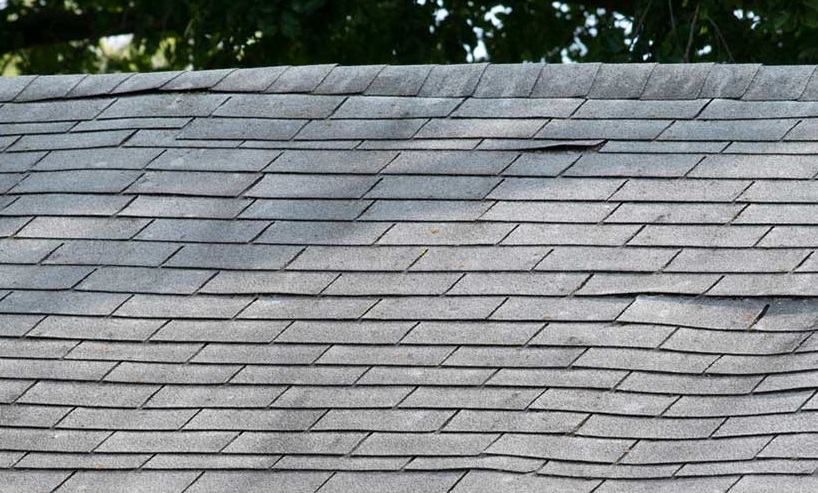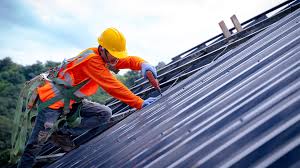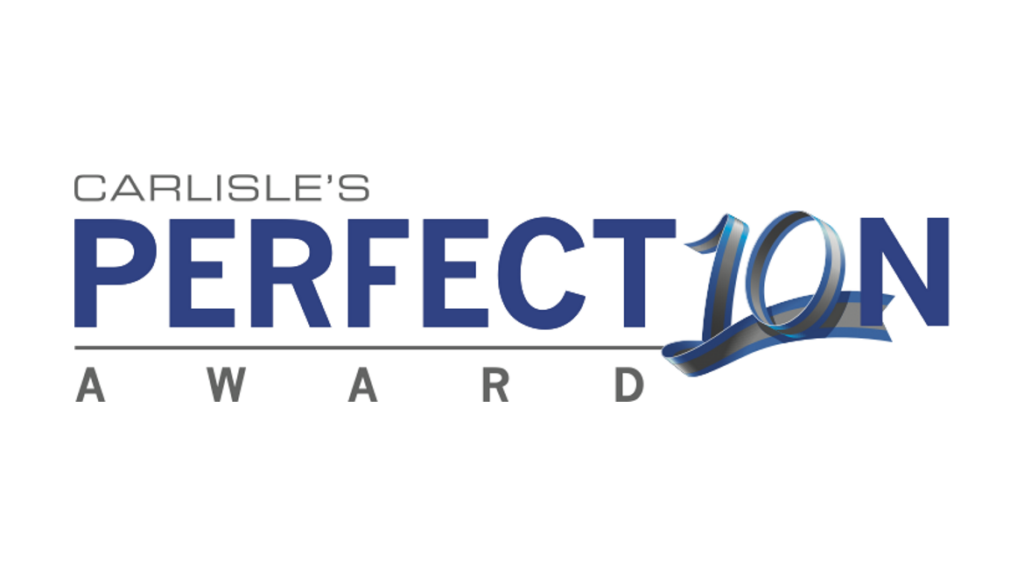A commercial roof serves as the frontline defense against the elements, protecting the integrity of your building and the safety of its occupants and contents. While commercial roofs are designed to be durable and long-lasting, certain areas are inherently weaker and more susceptible to damage than others. Identifying and understanding these weak points is crucial for effective maintenance and ensuring the longevity of your roof. So, what is the weakest part of a roof? Let’s delve into this topic to shed light on the most vulnerable areas and how to protect them.
Roof Flashing
Roof flashing is one of the most critical yet vulnerable components of a commercial roofing system. Flashing refers to the pieces of impervious material installed to prevent water penetration at joints, seams, and other areas where the roof meets vertical surfaces like walls, chimneys, or skylights. Over time, flashing can deteriorate due to exposure to weather conditions, temperature fluctuations, and physical wear and tear. Damaged or improperly installed flashing can lead to leaks, which, if left unaddressed, can cause significant structural damage and costly repairs.
Roof Penetrations
Roof penetrations, such as vents, pipes, HVAC units, and skylights, are necessary for a commercial building’s functionality but also represent weak points in the roofing system. These penetrations require precise sealing to prevent water infiltration. Poor installation, aging, and weathering can compromise the seals around roof penetrations, leading to leaks. Regular inspection and maintenance of these areas are essential to ensure they remain watertight and do not become sources of problems.
Roof Membrane Seams
For buildings with single-ply membrane roofing systems (such as TPO, PVC, or EPDM), the seams where the membranes overlap are potential weak points. These seams are typically heat-welded, glued, or taped, creating a continuous barrier against water intrusion. However, the seams can weaken over time due to UV exposure, temperature changes, and mechanical stress. If the seams begin to separate or fail, water can infiltrate the roofing system, leading to leaks and underlying damage. Regular inspections and maintenance of membrane seams can help identify and address issues before they escalate.
Drainage Systems
Proper drainage is vital for maintaining the integrity of a commercial roof. Poor drainage can lead to water pooling/ponding, which exerts additional weight and stress on the roofing system. Ponding water can accelerate the deterioration of roofing materials, promote the growth of mold and algae, and ultimately lead to leaks and structural damage. Gutters, downspouts, and internal drains must be kept clear of debris to ensure efficient water flow. Regular inspection and cleaning of the drainage system are crucial for preventing water-related issues.
Roof Edges and Parapets
The edges of a commercial roof, along with parapet walls, are often overlooked but can be significant weak points. These areas are exposed to the elements and can suffer from wind uplift, temperature changes, and water infiltration. Flashing at roof edges and parapets must be carefully/properly installed and maintained to prevent water from seeping into the building envelope. Additionally, the constant exposure to weather can cause materials in these areas to deteriorate more rapidly than other parts of the roof.
Aging and Weathering
Regardless of the specific weak points, the overall aging and weathering of a commercial roof can compromise its integrity. Over time, roofing materials naturally degrade due to exposure to UV rays, temperature fluctuations, wind, rain, and other environmental factors. Regular inspections and proactive maintenance are essential to identify signs of wear and tear, address minor issues before they become major problems, and extend the life of the roof.
Understanding the weakest parts of a commercial roof is essential for effective maintenance and ensuring its longevity. Flashing, roof penetrations, membrane seams, drainage systems, roof edges, and overall aging are all areas that require attention and care. By regularly inspecting these vulnerable points and addressing any issues promptly, building owners and facility managers can protect their investments, prevent costly repairs, and ensure the continued functionality and safety of their commercial properties. Prioritizing the maintenance of these weak points will help maintain the integrity of the roof and, by extension, the building itself.








